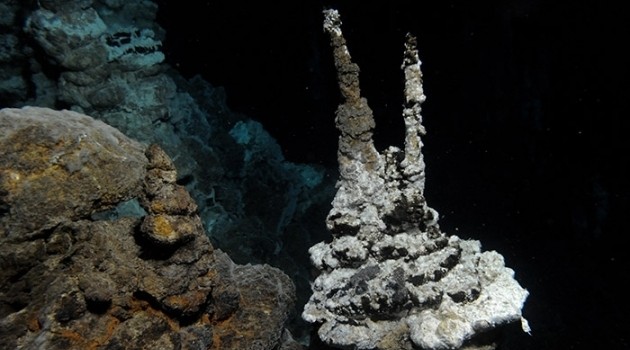Researchers believe that they have discovered the missing link when it comes to the evolution of complex cells. These new findings can provide clues how complex cell formations, like those of plants, fungi to animals and humans and how they evolved from microbial origins billions of years ago.
These complex cell formations called eukaryotes have been a mystery to scientists however this new study reveals a new group of microorganisms discovered by scientists called Lokiarchaeota or "Loki" that can solve the enigma how simple microbes evolved into complex cellular forms.
According to lead author Thijs Ettema who is a microbiologist from Upssala University, Sweden, the puzzle of the eukaryotic cell origin is still extremely complicated where there are still a lot of missing pieces. The team was hoping for Loki to reveal some missing pieces of the puzzle but upon obtaining the first results, the data looked spectacular.
When researchers analyzed Loki's genome, they found that the microorganism presented an intermediate form between simple microbe cells and complex eukaryote cells. Researchers also said that when they placed Loki under the "Tree of Life", it revealed that they form a well supported group with the eukaryotes.
According to co-author of the study, Anja Spang from Uppsala University, Loki apparently possess similar genes wih eukaryotes that suggests cellular complexity that was already present in the early evolutionary stages of eukaryotes.
Lokiarchaeota is also derived from "Loki's Castle" which is a region of hydrothermal vents where the microorganism is indigenous to. Loki's Castle is located in the Mid-Atlantic Ridge found between Greenland and Norway deep below 7,717 feet.
Hydrothermal vents are volcanic systems that are located in the ocean floor and even if Loki's orginal site is brimming with volcanic activity, the temperatures in the region are still relatively low.
This study is published in the journal, Nature Communications.



























